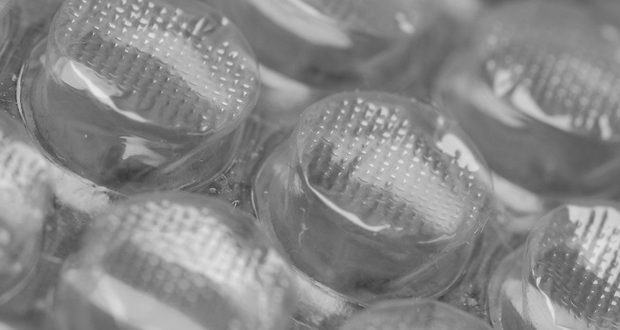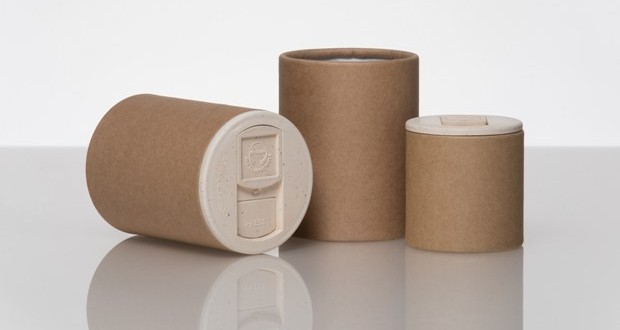
Static Electricity
As the name implies, static electricity is electricity at rest. The electrical charge is the transference of electrons that occurs when there is sliding, rubbing, or separating of a material, which is a generator of electrostatic voltages. For example: plastics, fiber glass, rubber, textiles, ect. Under the right conditions, this induced charge can reach 30,000 to 40,000 volts.
When this happens to an insulating material, like plastic, the charge tends to remain in the localized area of contact. This electrostatic voltage may then discharge via an arc or spark when the plastic material comes in contact with a body at a sufficiently different potential, such as a person or microcircuit.
If Electrostatic Discharge (ESD) occurs to a person, the results may range anywhere from a mild to a painful shock. Extreme cases of ESD, or Arc Flash, can even result in loss of life. These types of sparks are especially dangerous in environments that may contain flammable liquids, solids or gasses, such as a hospital operating room or explosive device assembly.
Some micro-electronic parts can be destroyed or damaged by ESD as low as 20 volts. Since people are prime causes of ESD, they often cause damage to sensitive electronic parts, especially during manufacturing and assembly. The consequences of discharge through an electrical component sensitive to ESD can range from erroneous readings to permanent damage resulting in excessive equipment downtime and costly repair or total part replacement. Electrostatic Discharge (ESD)The sudden flow of electricity between two electrically charged objects caused by contact, an electrical short, or dielectric breakdown. A buildup of static electricity can be caused by tribocharging or by electrostatic induction. Anti-Static Preventing the buildup of static electricity. Reducing static electric charges, as on textiles, waxes, polishes, etc., by retaining enough moisture to provide electrical conduction. Dissipative The charges flow to ground more slowly and in a somewhat more controlled manner than with conductive materials. Dissipative materials have a surface resistivity equal to or greater than 1 x 105 Ω/sq but less than 1 x 1012 Ω/sq or a volume resistivity equal to or greater than 1 x 104 Ω-cm but less than 1 x 1011 Ω-cm. 2 Conductive With a low electrical resistance, electrons flow easily across the surface or through the bulk of these materials. Charges go to ground or to another conductive object that the material contacts or comes close to. Conductive materials have a surface resistivity less than 1 x 105 Ω/sq or a volume resistivity less than 1 x 104 Ω-cm. Insulative Insulative materials prevent or limit the flow of electrons across their surface or through their volume. Insulative materials have a high electrical resistance and are difficult to ground. Static charges remain in place on these materials for a very long time. Insulative materials are defined as those having a surface resistivity of at least 1 x 1012 Ω/sq or a volume resistivity of at least 1 x 1011 Ω-cm.
ESD Materials Categories
Materials for protection and prevention of ElectroStatic Discharge (ESD) can be categorized into three distinct groups – separated by their ranges of conductivity to electrical charges.Anti-StaticResistivity generally between 109 and 1012 ohms per square. Initial electrostatic charges are suppressed. May be surface resistive, surface-coated or filled throughout. Static Dissipative Resistivity generally between 106 and 109 ohms per square. Low or no initial charges — prevents discharge to from human contact. May be either surface-coated or filled throughout. Conductive Resistivity generally between 103 and 106 ohms per square. No initial charges, provides path for charge to bleed off. Usually carbon-particle or carbon-fiber filled throughout.
Resistivity Test Methods
Surface Resistivity
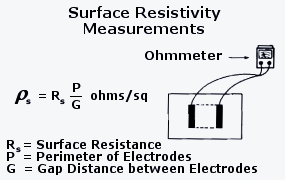
For thermoplastic materials intended to dissipate electrostatic charges, surface resistivity is the most common measurement of a material’s ability to do so.
A widely accepted surface resistivity test method is ASTM D257. It consists of measuring the resistance (via an ohm meter) between two electrodes applied under load to the surface being tested. Electrodes are used rather than point probes because of the heterogeneous makeup of compounded thermoplastics. Simply touching the surface with a point contact may not give readings consistent with the overall part (readings of this type are often insulative even when the part is actually conductive).
It is also important to maintain good contact between the sample and electrodes, which can require considerable pressure. The resistance reading is then converted to resistivity to account for the dimensions of the electrodes which can vary depending on the size and shape of the test samples. Surface resistivity is equal to resistance times the perimeter of the electrodes divided by the gap distance, yielding ohms/square.
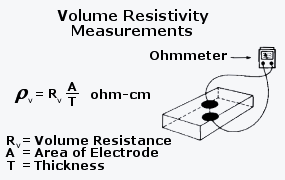
Volume Resistivity
Volume resistivity is useful for evaluating the relative dispersion of a conductive additive throughout the polymer matrix. It can roughly be related to EMI/RFI shielding effectiveness in certain conductive fillers.
Volume resistivity is tested in a similar fashion to surface resistivity, however electrodes are placed on opposite faces of a test sample. ASTM D257 also refers to volume resistivity, and a conversion factor again based on electrode dimensions and part thickness is used to obtain the resistivity value from a resistance reading. [Volume resistivity is equal to resistance times the surface area (cm2) divided by the thickness of the part (cm) yielding ohm-cm.]
ESD Awareness Symbols

The ESD susceptibility symbol incorporates a reaching hand in a triangle with a slash through it and is used to indicate that an electrical or electronic device or assembly is susceptible to damage from an ESD event. Used to identify ESDS [ESD sensitive items] and that personnel should be grounding when unpackaging or handling that item. It is also referred to as the ESD sensitivity symbol or ESD warning symbol.
The symbol is a reaching hand with defined fingers and fingernail, in a contrasting triangle with a slash in front of the hand.

The ESD protective symbol differs from the ESD susceptibility symbol, by the addition of an arc around the outside of the triangle and the omission of the slash across the hand and the triangle.
The ESD protective symbol should be used to identify items that are specifically designed to provide ESD protection for ESDS items. Examples of these are packaging, ESD protective clothing and personnel grounding equipment. The ESD protective symbol should also be used on items designed to replace static generative materials. Examples of these items are ESD protective work station equipment, trash can liners, and chairs. The item is to be ESD protective or non-static generative by design.
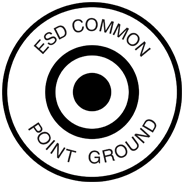
This symbol is established to indicate an ESD common point ground, which is defined by ANSI/ESD-S6.1 as “a grounded device where two or more conductors are bonded.”
This symbol consists of a bold outer circle inside of which are the words, ESD COMMON POINT GROUND, in bold type. Inside that are two thick contrasting circles and one thick circle that may fill the center or extend to the center where a snap, plug or other fastener may be connected.
View our range of Anti Static products here.

 Why use A&A Packaging? A&A Packaging strives to aid the busy buyer with an efficient and personal service, providing product advice, specialist product sourcing, and problem-solving to make your life easier.
Why use A&A Packaging? A&A Packaging strives to aid the busy buyer with an efficient and personal service, providing product advice, specialist product sourcing, and problem-solving to make your life easier.